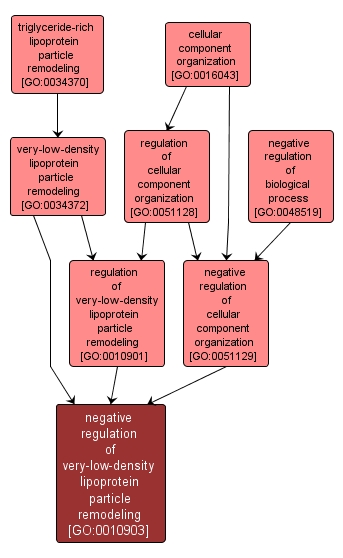| Desc: |
Any process that decreases the rate, frequency or extent of very-low-density lipoprotein particle remodeling. Very-low-density lipoprotein particle remodeling is the acquisition, loss or modification of a protein or lipid within a very-low-density lipoprotein particle, including the hydrolysis of triglyceride by hepatic lipase or lipoprotein lipase and the subsequent loss of free fatty acid. |














